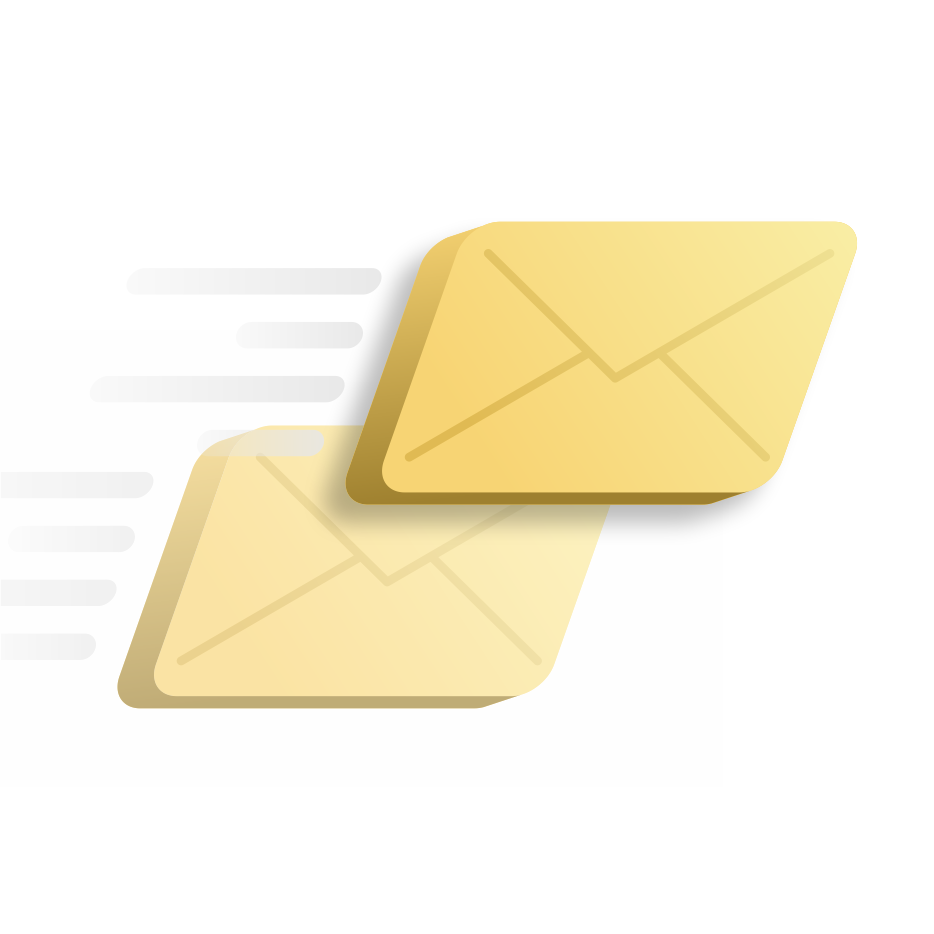So, you’ve finally grown your email list big enough. Now, it’s time to learn how to verify email addresses to keep that list clean, improve deliverability, and decrease your bounce rate.
Email verification is one of the most important steps in email marketing, right after building your list of leads. Learn more about email verification and how to do it quickly and effectively in our guide below.
Outline:
What is email verification (and how it is different from email validation)
If only you knew how much time and effort it took me to find out the exact difference between these two.
Online, in every blog and on every website, people use verification and validation interchangeably; however, the correct definition is slightly more precise.
Email verification is the process of checking an email address for being existent and active, aka valid. A valid email is the one that can receive messages from other senders. The fastest and most accurate way to verify an email is to use an automated tool like Snov.io’s Email Verifier.
Email validation is the final result of the email verification process that’s provided to the user. Depending on the result, an email gets one of the email verification statuses, usually “valid” (marked by green), “invalid” (marked by red) and “unverifiable” (marked by yellow). If the email can’t be found (e.g. it doesn’t exist any longer), it is marked by the grey color. Sometimes, validation also implies checking any additional information that comes with the lead’s email or checking the source of that lead.
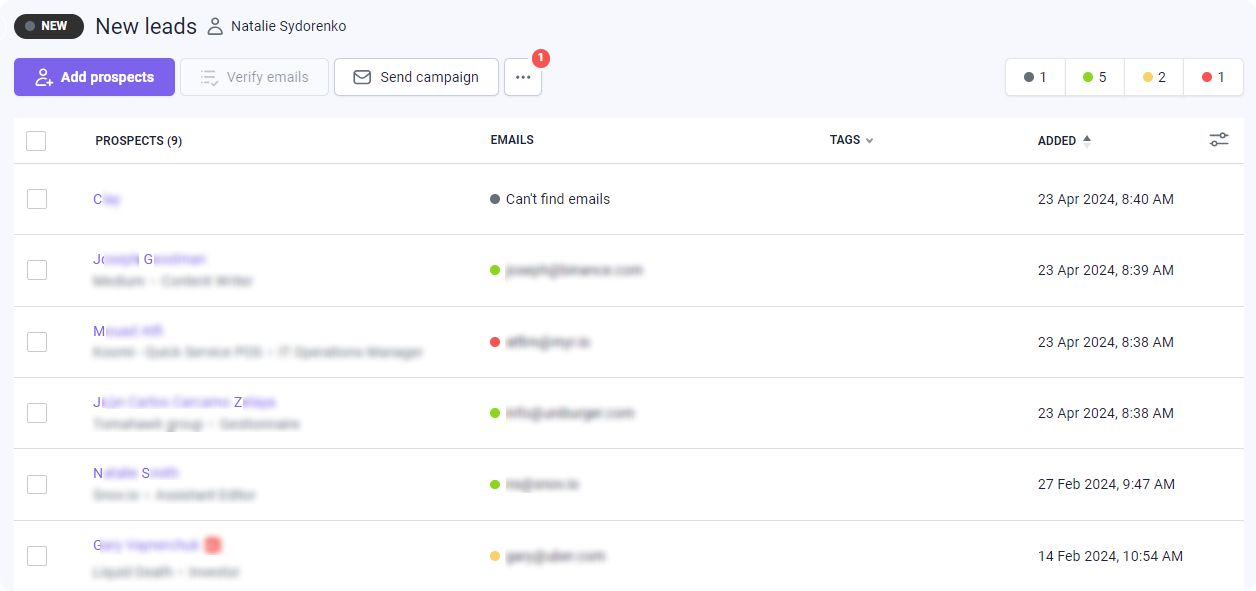
Sometimes, validation also implies checking any additional information that comes with the lead’s email or checking the source of that lead.
|
💡Did you know? Snov.io’s email search software collects high-quality email contacts from any website with 98% accuracy. |
How to verify an email address with 4 easy methods
There are many ways you can check if an email is valid, though some are not as effective as the others, and some may be convenient if you have a few emails to check only.
Method 1: Use the email verification tool like Snov.io Email Verifier
The best way to check if an email address is valid is by using specialized software. Its greatest advantage is the capability to clean your contact list from invalid, fake, or inactive addresses with just a couple of clicks.
All email checkers have slightly different user interfaces, features, and the number of email addresses you can validate per month. For example, the Snov.io Email Verifier is an all-in-one tool. It offers both individual and bulk email verifier features.
The individual email verification allows you to check emails one by one. It’s useful when you want to add a new address to your list and need to know if it’s valid. The bulk email verification is handy when you need to clean a large email list. It enables email validation before launching a campaign.
Additionally, our API integrates with websites and apps to verify emails instantly during sign-ups. This way you can prevent fake or mistyped addresses from getting into your email list.
Give Snov.io Email Verifier a try and see how easy it is to use!
Method 2: Send a test email to the address
This tactic is the most straightforward one, but we suggest you not use it if you have many emails to check. When you send an email to a fake or invalid email address, it will bounce back, and you’ll receive a message that your letter wasn’t delivered or the address wasn’t found.
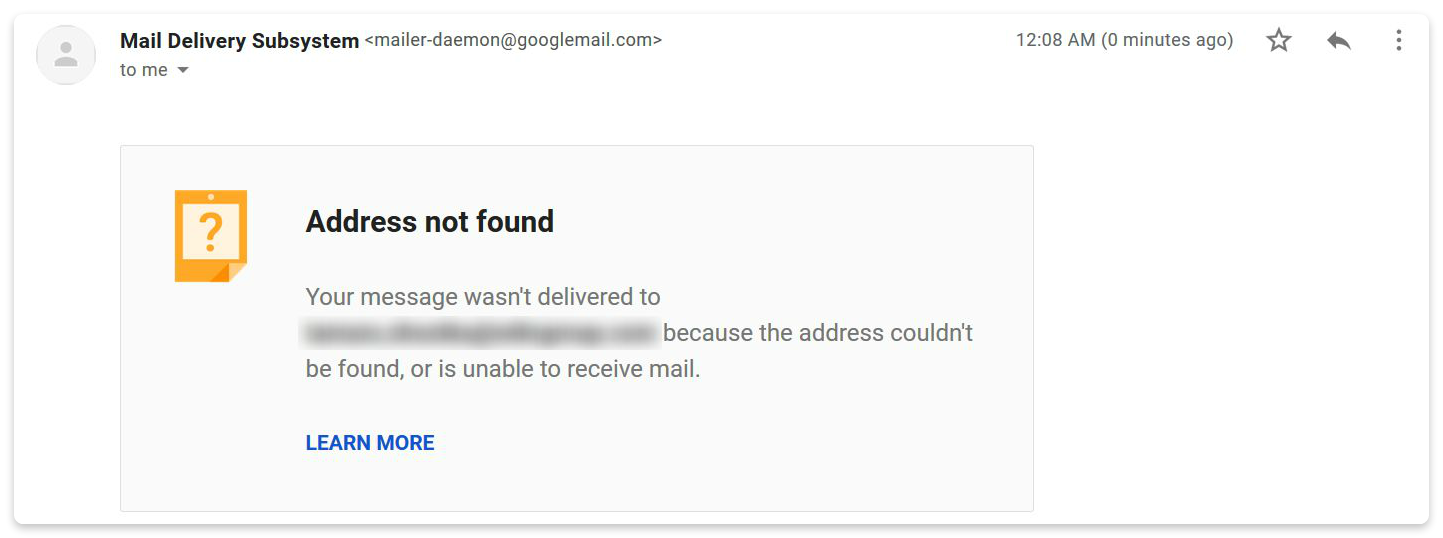
❗️Remember: doing this frequently might increase your bounce rate. This can damage your sender reputation, get you added to spam lists, and mess up your metrics. If you want to employ this email validation method, create a dummy email account and send a test email from it.
Method 2: Search the address in Google
This method will not show you if an email address is fake, but it might tell you if it’s valid. These days, people mention their email addresses everywhere on the Internet – be that on their websites or social media networks. On the positive side, googling the email address will not damage your domain reputation. Still, this email validation method is only viable when you have a few email addresses to check.
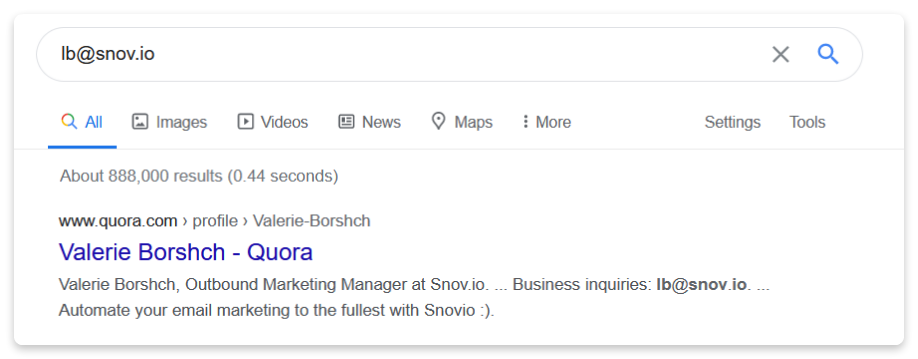
Method 3: Ping the server
You can ping the mail server and ask whether the email address is valid with the help of such tools as PuTTY or Telnet. But beware, even though this method of email validation is quite accurate, it’s cumbersome and risky for your infrastructure. Some mail servers treat frequent email verification attempts as spam and can potentially block your IP.
Why you shouldn’t skip email verification
If you doubt why you need to check if the email is valid, let me show you why email verification matters and why ignoring it when doing email marketing can lead to catastrophic campaign issues that will take weeks to resolve.
Reason 1: It reduces hard bounces
A hard bounce is an email that returns to the sender because the recipient doesn’t exist, i.e., the email address is not valid. High bounce rates are usually indicative of spammers, so ESPs often punish users with high email bounce rates. If your bounce rate grows, your sender reputation will fall. Once it crosses a critical threshold, your email account will get blacklisted.
Reason 2: It helps keep your email lists fresh
Yearly, 22.5% of email addresses become invalid. Most often, it’s because people change companies, and their corporate email addresses you have on your list are deactivated.
The acceptable benchmark for the email bounce rate is 2%. Meaning that if you don’t verify email lists regularly, in a year, your bounce rate will exceed the acceptable limit tenfold. This can severely damage your sender reputation.
|
💡Expert advice: use email checkers to verify your email list once every two months. |
Reason 3: It improves email deliverability
When you use an email verifier to filter out email addresses that are not valid, you can be sure that the remaining ones are capable of receiving emails. So thanks to email validation, your email deliverability will stay high. Thus, email checkers help your emails reach the inbox and preserve your sender reputation.
Reason 4: It maintains high sender reputation
Your sender reputation depends on a number of things. We’ve already mentioned bounce rate and email deliverability, but there’s also spam report rate and your sender habits (never forget to warm up new email accounts!). Consistently using email verification services in your marketing will help you maintain a high sender reputation and avoid blacklists.
|
🔎 Don’t know how to check and maintain your sender reputation? Watch the video below to learn everything you need to know about the sender reputation and email deliverability: |

9 Best Email List Cleaning and Validation Services In 2025
August 26 2025

Best Email Verification Services of 2025: Prices And Features
October 14 2025
How an email verifier works
There are lots of technical nuances to how email verifier tools work. The general idea is that every email checker performs verification according to the developers’ algorithms. For example, the Snov.io Email Verifier goes through 7 steps of email verification for maximum accuracy:
- Syntax check
- Gibberish check
- Domain existence check
- MX record check
- Catch-all domain check
- SMTP authentication (email address ping)
Below we explain all of the email verification steps.
1. Syntax check
When you write a professional email, you most likely use an app like Grammarly to check your copy to be sure every word is spelled correctly, and your punctuation is perfect.
An email verification service does the same.
Syntax check algorithms look for the following:
- Email standard correspondence: the local-part, the at-symbol ( @ ), and a domain name with a dot-symbol ( . ) are present
- Number of symbols: no more than 64 characters are allowed in the local-part
- Appropriate placement of dots ( . ) and the ( @ ) symbol
- Special characters: ? “ # $ % & ` * + – _ . / | \ ^ {} ~ can be used in the local part of an email address, just not at the beginning or at the end of the local part (find out more about special characters in email addresses here)
2. Gibberish check
Bots and users who avoid providing their real emails in the sign-up forms create non-existing email addresses. Such email addresses might look like a jumble of letters and numbers (for example, “ajsdf23@dsfdf.com“). A list full of gibberish emails can lead to higher bounce rates and damage your sender reputation.
Email verification services catch these random, meaningless email addresses. This way, you can ensure that your email list is made up of genuine prospects.
3. Domain check
A domain name goes right after the @ symbol and shows which domain the email address is tied to. For example, in pauline@bombom.com, “bombom.com” is the domain name. Email verification services check if the domain name is correctly spelled, as well as whether the website and the domain are real and active.
This email verification check is important for one simple reason – websites expire, and so do email addresses tied to them. Some companies leave the market while some migrate to a new domain and create new emails tied to the new domain.
4. MX record check
In simple terms, an MX record specifies the mail server that is responsible for accepting emails on behalf of a specific domain. It’s a more complex solution for identifying garbage emails. This email checkers’ feature helps determine whether the mail exchange entry listed in the email address is an actual, registered and hosted domain name, which can be accessed online.
MX record check is an inevitable step in an email verification process. There are some more technical details, but to provide correct results, an email verifier has to use an MX record check.
5. Catch-all domain check
An email verifier also checks if the email belongs to a catch-all domain. A catch-all domain (also known as unverifiable or accept-all) is the type of a domain that is set to always accept mail even if you write some gibberish in the local part of the email belonging to it.
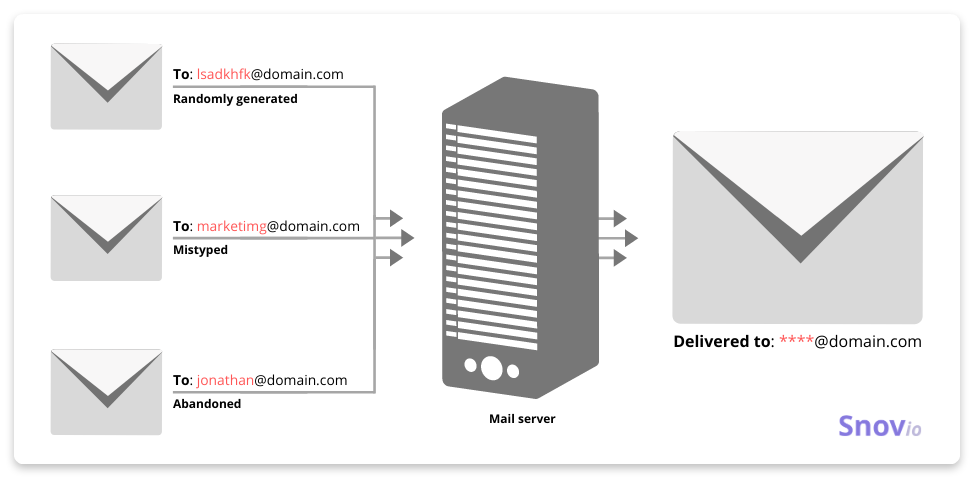
For example, the domain name natwest.com is a catch-all. You can keyboard smash and get an email address like jhfajegdfkldaj@natwest.com that will still accept emails despite being non-existent and random. All email addresses associated with this domain name will accept emails, yet may result in hard bounces as catch-all emails are often set up to avoid unsolicited mail and aren’t valid.
A reliable email verifier checks the domain name for being catch-all and notifies you to help prevent bounces. If you see that a verified email is labeled as a catch-all/unverifiable, you can act at your own risk. It’s up to you to decide whether you will send emails to it or delete it from the list.
6. SMTP authentication (email address ping)
During this check, an email verifier will send a ping to an email address to see if it is capable of receiving messages and reacting to them. If the request reaches the recipients’ email address and receives a response, an email is considered active and you can safely send real emails to it. This is also known as SMTP authentication.
7. Freemail check
This step of email verification helps you to identify email addresses from free providers like Gmail or Yahoo. While these addresses are usually valid, they tend to have lower engagement rates in business emails. Plus, some free email providers have strict spam filters, placing your emails into spam folders more often.
What’s next? Lead enrichment
As you can see, email verification is only hard in theory. That’s why you should trust the email verification services that already have it all figured out!
By investing in an email verifier you will always be sure that the emails in your list are real, valid, and able to accept any email you send to them. Email validation helps maintain your bounce rate low, your sender reputation strong, and your deliverability as high as 98%.
What’s next? Why not enrich your leads to improve your personalization and grow sales?
Good luck!
Have any questions about email verification we haven’t covered in this article? Let us know in the comments below!



